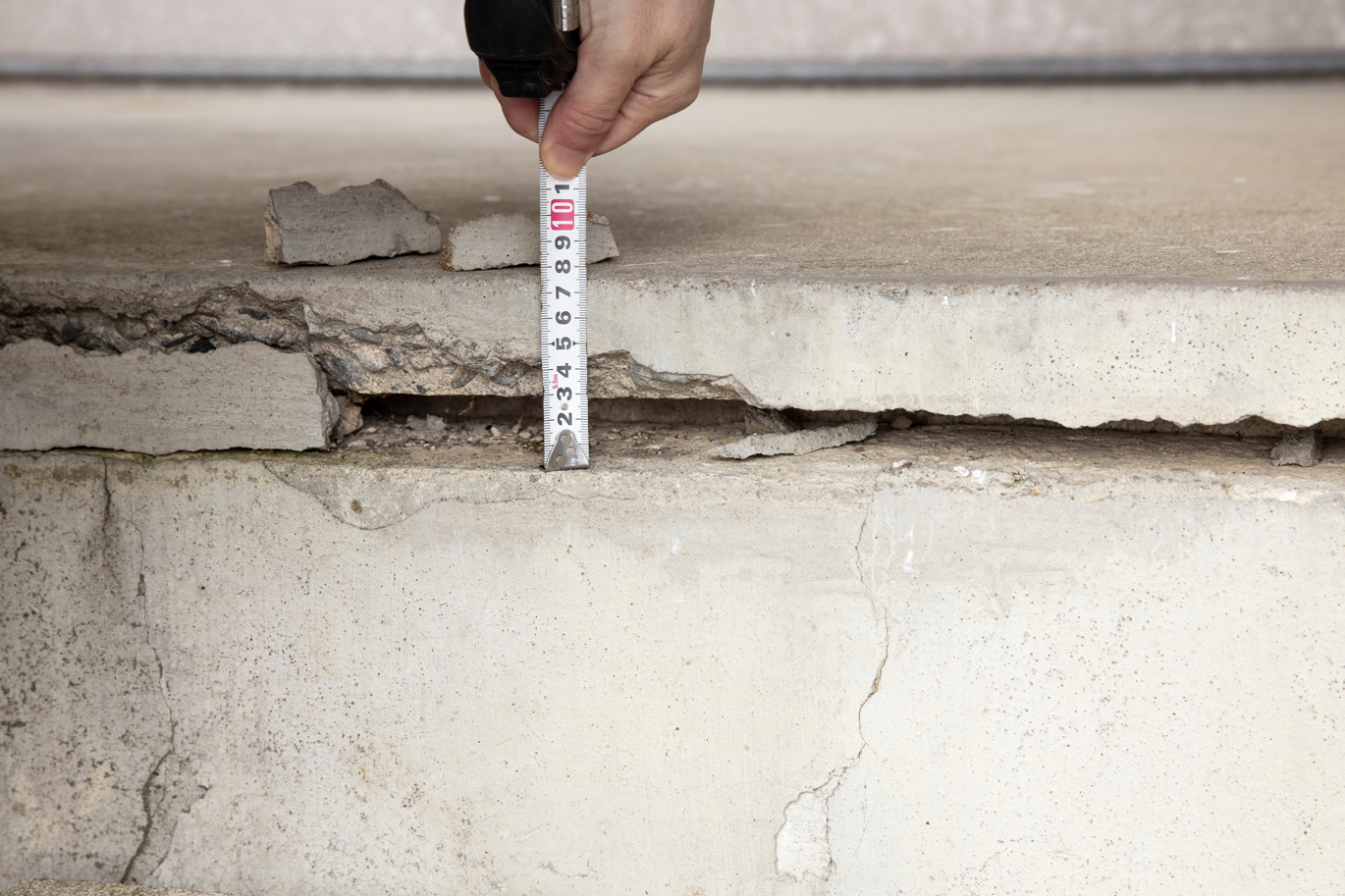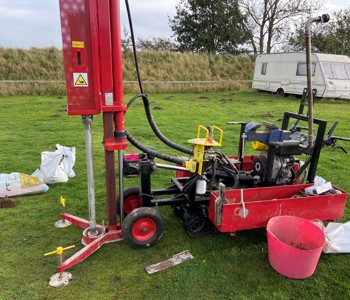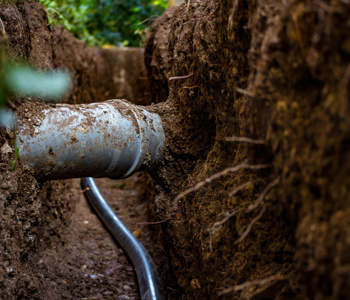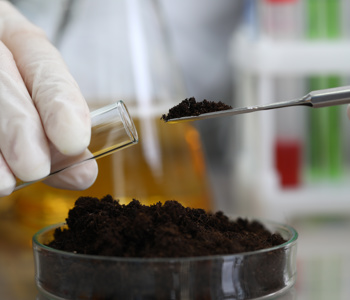Our industry experts can advise on suitable subsidence investigation techniques for your site that will provide technically robust site assessments, minimising risk to property development and ensuring you meet regulatory requirements.
Our Subsidence Investigation Services
Our team of experienced site operatives applies a range of subsidence investigation techniques, ranging from simple hand-excavated trial pits to more sophisticated deep rotary drilled boreholes with specialists in in-situ testing.
Our subsidence investigation services include:
Our prebuild and subsidence investigation and prevention services allow developers to anticipate changes in ground movement and make informed decisions on the best approach.
Crack monitoring allows us to track the movement of a building or structure to determine patterns of movement along with cause, whilst our subsidence investigation services look at foundation details and identify the conditions of surrounding soils.
If you need to identify issues with underground services, CTS’s drainage and pipework condition surveys provided by our experienced drainage engineers are also available.
What causes subsidence?
CTS offers market-leading site investigation services to property owners, the insurance market, structural engineers, and more.
Subsidence typically happens due to a change in ground conditions and its ability to support the foundations of a property causing movement.
This is usually identified by cracks appearing within the property. The first step in subsidence investigations is identifying its cause and understanding what is happening beneath ground level, identifying the soil type and condition, and foundation detail.
Whilst there are numerous reasons why a property may move that are unrelated to subsidence, two of the main reasons a property may subside are root-induced shrinkage of the subsoil and excess water below ground.
Clay soil is susceptible to swelling and shrinkage as natural moisture content varies due to patterns in rainfall and the effects of trees and roots. Manmade factors such as failed drainage can also contribute to the cause of subsidence.
Taking soil samples as part of our subsidence investigation service from a borehole allows us to understand the soil classification, including the clay condition and its moisture content, enabling us to determine the cause of the subsidence. If tree roots are found, depths are noted, and samples are analysed in our laboratories to identify which tree could be the cause of the subsidence.

Our soil testing services include:
- Moisture content
- Atterberg limit tests
- Filter paper suction tests
- Oedometer swell/strain (Heave) tests
- PSD (particle size distribution)
- Heave reports
Pre-build subsidence prevention
With climate change seeing more excessive wet and dry weather periods across the UK, the impact on the built environment and the potential for an increase in subsequent subsidence is a known risk.
Preliminary site investigation services from CTS enable you to avoid or reduce the risk of subsidence in the planning and development phase of new builds. Our experienced engineers provide detailed site and ground investigations and risk assessments, allowing you to make an informed decision on the next required steps.

Why Choose CTS for Subsidence Investigation Services?
Our experienced engineers and technicians understand and are sympathetic to the needs of the property owner and insurance providers. We ensure our site presence minimises disturbance to the property owners, leaving the site clean and tidy following our exploratory subsidence investigations.
CTS’s comprehensive range of on-site and UKAS-accredited* laboratory tests assess the damage to buildings and provide a detailed comprehensive survey report.
To find out more about our subsidence investigation services, please get in touch with a member of the CTS team today, and we’ll be more than happy to answer any questions you may have regarding our services and how we can help you.
Request a Quote
Frequently Asked Questions
What is subsidence survey?
A subsidence survey is an investigation to determine whether subsidence is happening to a structure. It is usually carried out by a chartered surveyor, who will identify whether subsidence is present and the most probable cause.
How do surveyors check for subsidence?
A specialist will come to your property to investigate the existence and extent of subsidence. This will begin with a visual inspection, looking for cracks in the walls, sticking doors and windows, and other obvious signs of subsidence.
Will a surveyor pick up subsidence?
If subsidence is present then yes, a surveyor would be able to detect this and will review any structural damage
Does a homebuyers survey check for subsidence?
A homebuyer survey uncovers any serious structural problems with the building, such as subsidence. The surveyor will also inspect damp-proofing, drainage, and insulation and test the walls to ensure dampness is not present in the property.
What survey do I need for subsidence?
A structural engineer can conduct a survey investigating subsidence and provide you with a structural engineer's report on the issue. However, it is recommended that a chartered surveyor carry out a complete building survey, which will thoroughly check for all problems, including subsidence.
How do structural engineers check for subsidence?
The subsidence investigation usually involves trial pits and boreholes to gather foundation details, soil profiles, and strengths/roots. It also involves accurate monitoring of any movement of the building or structure. This includes precise datum monitoring of principal fractures and, where appropriate, precision-level survey monitoring of datum fixed close to the foundations of the building or structure.
* To view our full UKAS schedule visit here.




